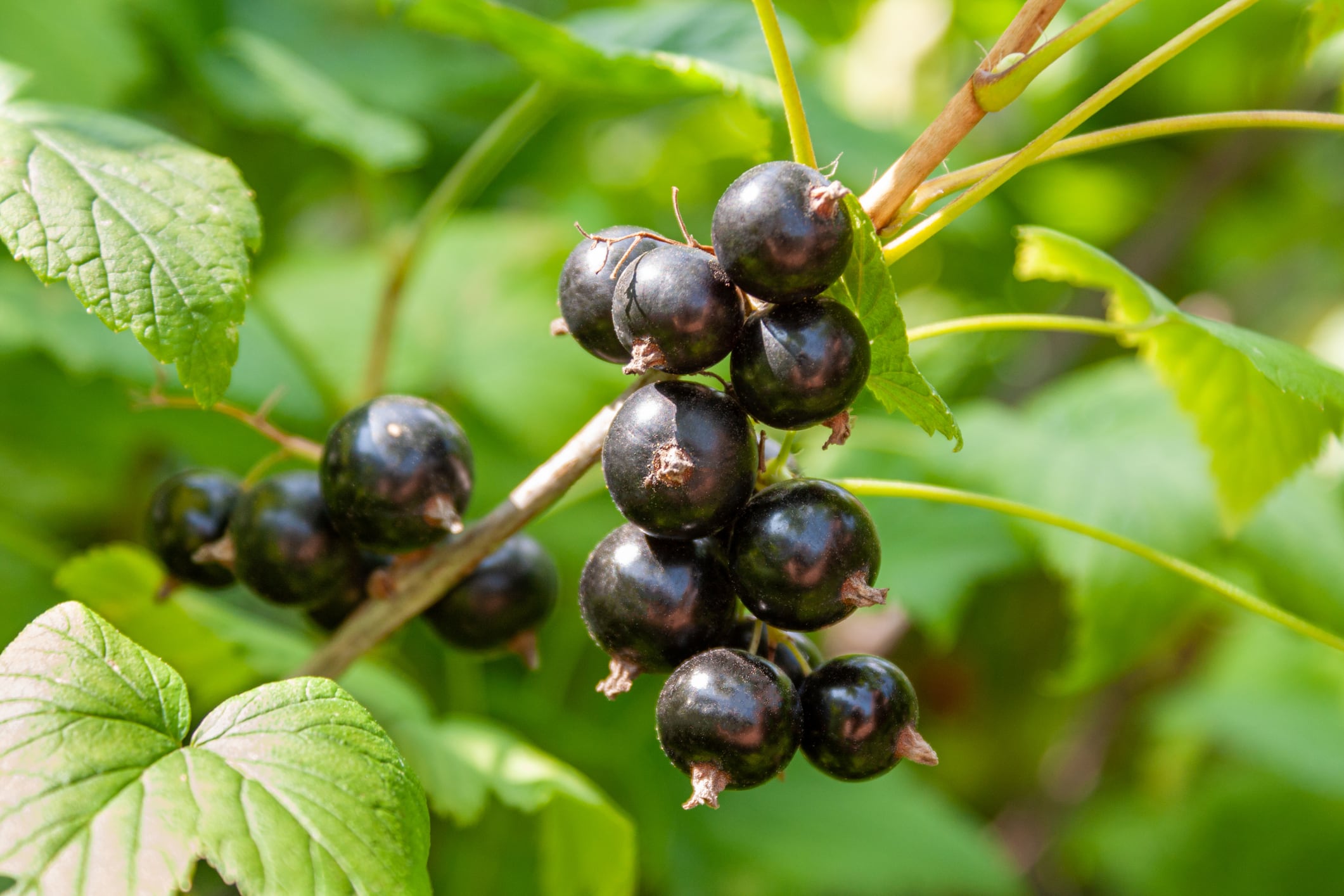A new study has yielded findings that could make it easier for industry to formulate palatable blackcurrant-based products with a beneficial effect on glycaemic response.
Researchers at the University of Eastern Finland and Savonia University of Applied Sciences found that a 75g portion of blackcurrants had a similar effect on sugar-induced post-prandial glucose metabolism as observed previously with twice the portion size. The blackcurrants were found to balance the glucose response of ingested sugar, flattening and lengthening the post-prandial blood glucose curve.
“We were delighted that a beneficial effect on post-prandial blood glucose response was achieved with a reasonable amount of blackcurrants. We hypothesized that there would be this kind of effect but, of course, it was encouraging to really observe the effect,” Jenni Lappi, FoodValley Project Manager at Savonia University of Applied Sciences, told Nutraingredients.
Anthocyanins have the answers
In recent years, a number of studies have found that berries have beneficial effects on post-prandial glucose metabolism. These effects are thought to be associated with polyphenolic compounds, especially the anthocyanins that are present in dark coloured berries. These compounds may slow down the absorption of glucose from the small intestine by interacting with carbohydrate-digesting enzymes and glucose transport proteins. In addition, polyphenolic compounds may reduce oxidative stress and inflammation.
In previous studies that demonstrated the positive effect of blackcurrants on post-prandial glucose metabolism, a 150g serving was used. However, recognising that using this quantity of blackcurrants in one portion presented product development hurdles, the researchers set out to test the effect in a smaller serving size.
Study design
In the randomised, crossover study, 26 healthy participants consumed four different test products on four separate occasions after fasting overnight. The test products were a sugar water (control), blackcurrant puree with added sugar, a blackcurrant product on a fermented quinoa base and the fermented quinoa base without the blackcurrants. Blood samples were taken before the meals in fasting state and 15, 30, 45, 60, 90, 120 and 180 minutes after consuming the products, and were analysed for glucose, insulin and free fatty acids.
Compared to sugar water, both blackcurrant products induced an attenuated post-prandial glycaemic response, which was seen in reduced maximum glucose and insulin, a delayed fall in glucose levels and a delayed rise of free fatty acid.
“Ingestion of the sugar water induced a rapid and high initial elevation in glucose and insulin concentrations. The glucose concentrations rapidly decreased below the fasting level and reached the lowest concentration (below the fasting level) already at one hour…These effects on glucose and insulin responses were attenuated when 75g of blackcurrant was consumed with the same amount of sugar. Ingestion of the blackcurrants resulted in a more beneficial glycaemic profile,” wrote the researchers.
Inspiring berry innovation
The researchers hope that this might encourage people to incorporate blackcurrants into their diets.
“Blackcurrants are nutrient-rich berries and a very good addition to a healthy and balanced diet. However, they may taste too sour and bitter without added sugar and many people may not eat them because of this. Now we showed that the combination of blackcurrants and sugar is not as bad for post-prandial glucose metabolism as sugar eaten alone, this might encourage people to add a moderate amount of sugar to their blackcurrants, thereby getting the health-promoting nutrients from the berry,” said Lappi.
Of the two blackcurrant products, the best results were observed for the quinoa-based product, demonstrating the suitability of a snack matrix for delivering a glucose metabolism benefit.
The research is part of the EU-funded Food Valley project, aimed at building a knowledge-based food sector network in Northern Savo, a part of Finland where berry cultivation is an important industry. The researchers said they hope that the findings will encourage industry to develop commercial blackcurrant based products.
“When combining berries, such as blackcurrant, with whole grains or other fibre-rich cereals, it is possible to provide consumers with healthy, sustainable and palatable options,” said Lappi.
She said that as a next step, the team would like to study whether anthocyanin-rich bilberry also has a beneficial effect on post-prandial glycaemia.
Source: British Journal of Nutrition
Lappi J, Raninen K, Väkeväinen K, Kårlund A, Törrönen R, Kolehmainen M.
“Blackcurrant (Ribes nigrum) lowers sugar-induced postprandial glycaemia independently and in a product with fermented quinoa: a randomized crossover trial”

